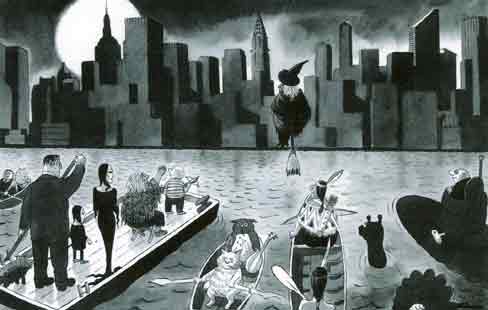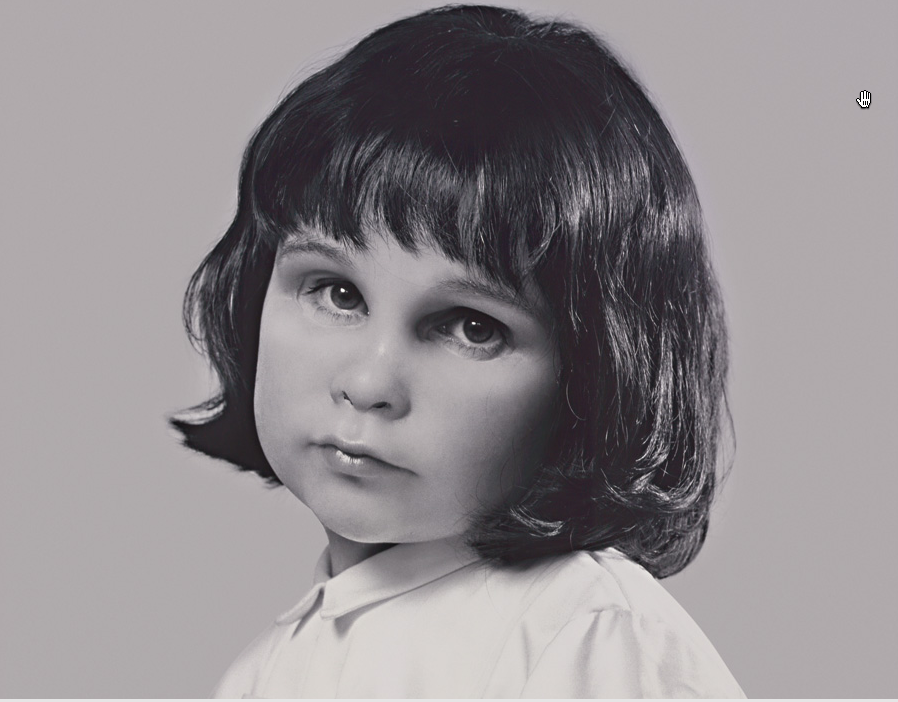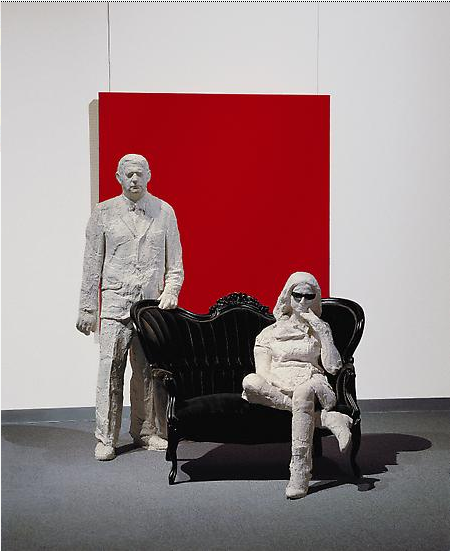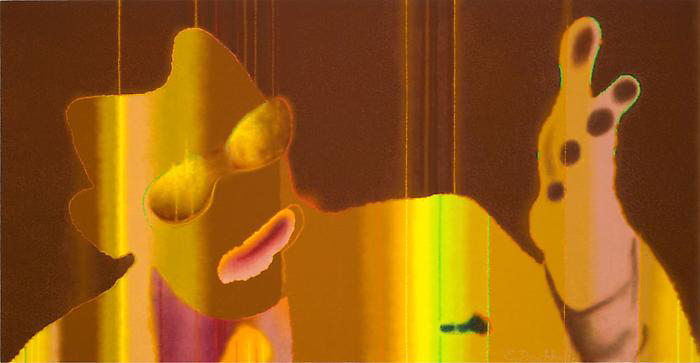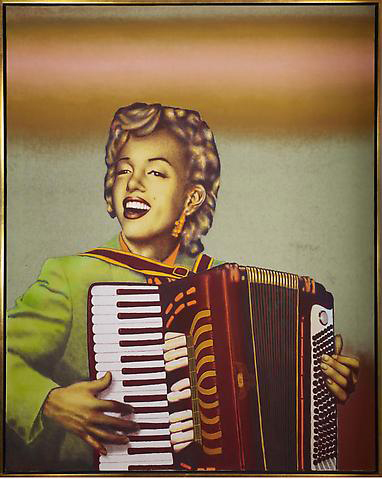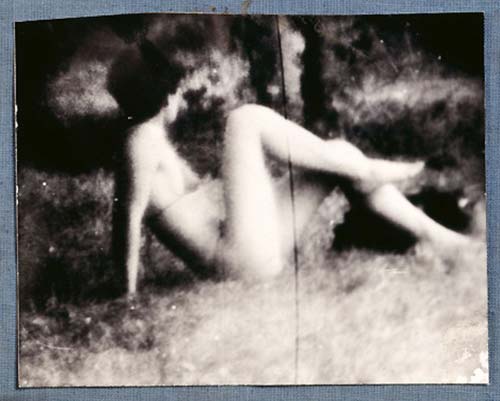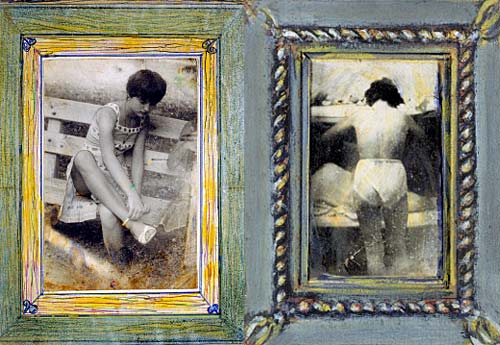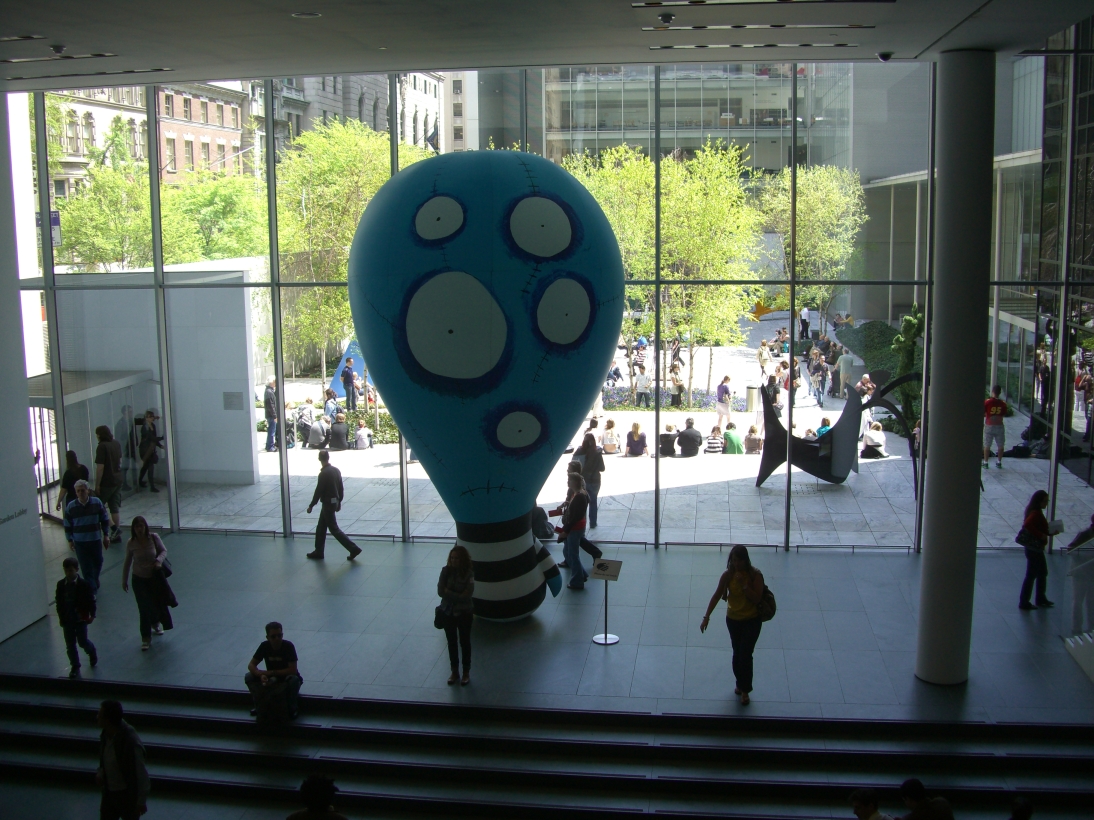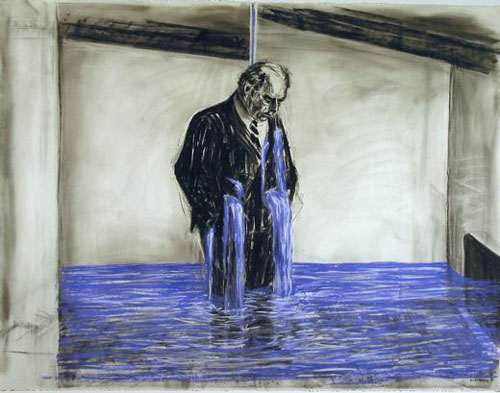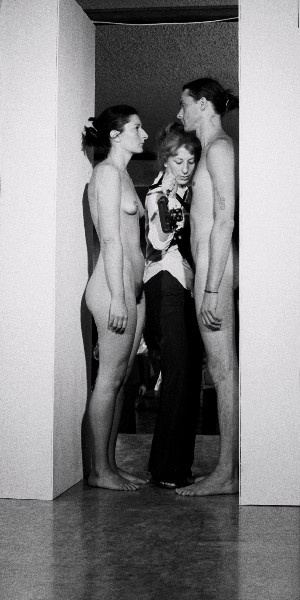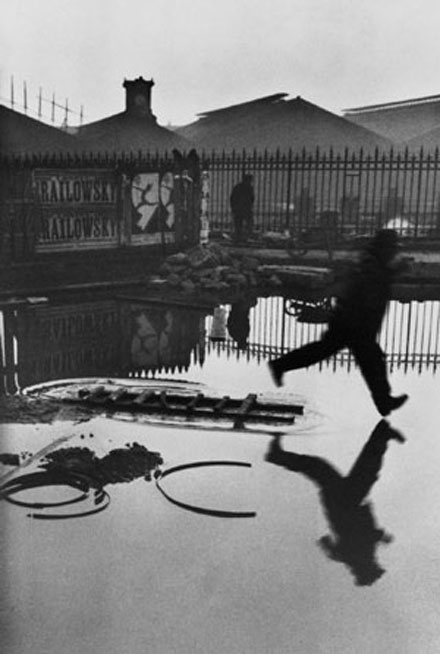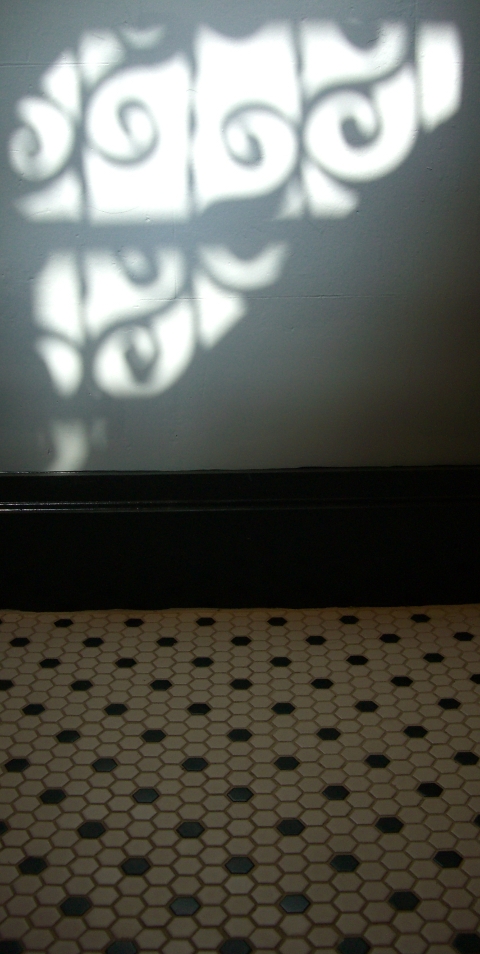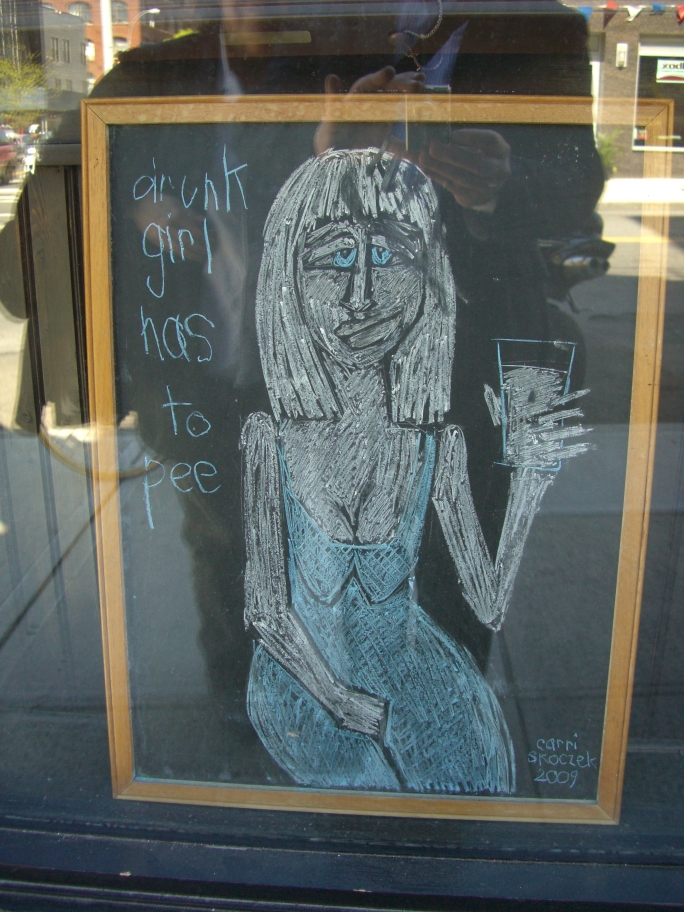OVERLOAD!!!!
We got off to a late start this morning. Well, more correctly, X got off to a late start. I was up at the crack of 6:30, as per usual, and writing until X got up at the more leisurely crack of 9:30 [twas 8 a.m.-X]or so. We trekked uptown to 103rd Street and the Museum of the City of New York which is currently hopping aboard the Addams Family fueled Hype extravaganza by presenting Charles Addams in New York. This retrospective showcases about 60 of the cartoonist’s original drawings and paintings made for the New Yorker, Collier’s and others. It is a lovely little show, well displayed (although some of the large reproduction pieces were peeling at the corners) with thoughtful background information and artifacts from the artist’s work room and personal collections.
One endearing feature is the inclusion of several rogue characters from the cartoons, excised from their original homes and now peering around corners, traipsing along the baseboards or otherwise interfering with the exhibit. We exited through the gift store, where X picked up a Chas Addams address book to replace her worn, George Costanza-esque model.
Up next? A short bus ride downtown, a quick bite of street food, and then into the Guggenheim. We chose to jet our way to the top and then amble down, side tracking into the annex galleries along the way. There is an exhibit of Paris and the Avant-Garde currently in the annex, which is nothing too exceptional, but seems to have drawn every French visitor in town. Cursing in foreign languages – that’s what these shows are good for. Miro this and Modigliani that. Here a Picasso, there a Picasso… You get the idea. Someone thought it would be a good idea to display nearly identical Picasso and Braques next to each other, which seems only to make them each look unoriginal.
The main gallery featured Haunted, Contemporary Photography/Video/Performance. To be quite honest, a lot of what was here either didn’t move me, or I have already seen elsewhere. There was a piece by Marina Abramovic, oddly enough, which is also on display over at MoMA right now. There were some pieces by Roni Horn, but just one or two, which I have already seen in the company of their brethren in last year’s stunning exhibit at Tate Modern. Likewise a single Annette Messager, which seemed lonely all by itself.
The one image which really stood out for us both was Self Portrait at 3 Years Old by Gillian Wearing. This is a truly haunted image, and was selected as the show image for banners, etc. Wearing takes an image, in this case of herself at 3, and cuts out the eyes. She then poses behind that image as tho it were a mask, and photographs herself. The result is quite lovely and yet decidedly unsettling. Here is a detail:
Once down the ramp, we rolled back onto the street and trudged on downtown to 79th St. and the Aquavella Gallery, which is currently hosting Robert & Ethel Scull: Portrait of a Collection. This exquisite show of modern American pop art is a stunner. Featuring Warhol, Oldenburg, De Suvero, Rosenquist and more Jasper Johns than you can shake a stick at. Magnifique! There is even a lovely sculpture of the couple, Robert and Ethyl Scull, by George Segal. Her in Jackie O giant sunglasses -X
This show is worth seeing if just for the Jasper Johns. Throw in everything else and it is fantastic. It’s wonderful that private galleries are mounting shows of this scale, as reported in the Times recently.
Speaking of private galleries, our next stop was just a couple of blocks away, on 77th & Madison for Gogosian‘s Ed Paschke retrospective.
More than 40 of Paschke’s large, stellar, nearly photographic oil paintings in their deeply saturated psychedelic tones are featured. Paschke’s work at times presages computer and video art in it’s look, but decades before anyone was making such art. Look at his 1970 Pink Lady, for instance, Marilyn Monroe’s head superimposed onto an accordion player’s body, and contrast that with what Warhol was doing. Then consider that Warhol was working with screen printing and photography whereas Paschke was working in oils. I don’t mean to take anything away from Warhol, but I think that Paschke’s work deserves more attention than it has sometimes received. This show, expansive and complete, is the best that I have ever seen, and certainly took the prize of all the museums and galleries we attended today. Showing many of the artist’s early works, with frequent use of masks, makes the path to his later works, almost totally abstracted faces with few features left, clearer than ever.
It is at this point that X abandoned me to head home for a well earned nap while I went to explore the Tichý show at the International Center of Photography. Miroslav Tichý was a non-conformist photographer working in a small town in Czechoslovakia, doing most of his work in the 60s and 70s. That was a tough time to be a non-conformist in Eastern Europe, and Tichý paid the price for his insolence.
He made very personal photographs with a very singular purpose. He focused almost entirely on women, and was almost totally informal in his work, shooting about 100 pictures a day using home built cameras with hand ground lenses and his own home built darkroom equipment. His reliance upon these unconventional means was all a part of his method, a sort of silent protest against progress and modernity. I love the gentleness in his images, their rough quality, inherently soft focus. It helps that he seems to be at least a little bit of a letch, as well. That works for me.
ICP’s exhibit includes several dozen of Tichý’s small photographs, as well as samples of his equipment – cameras, enlarger, lenses (Plexiglas ground with toothpaste and ash) etc. I was quite pleased with the entire exhibit. This is the one exhibit I’ve seen on this trip which I wished was larger, but that’s okay – leave me wanting more, I can take it.
Finally, I trekked over to Times Square to see if I could fetch a cheap ticket for a show tonight. I have tried repeatedly to get seats for the Scottsboro Boys, the latest from Susan Strohman, but to no avail. This limited run show (closing Sunday) was sold out in a heartbeat. At the TKTS booth, I found long lines and a tote board which promised a large selection of shows which I didn’t really feel like seeing, let alone standing in line for. Off to the side I saw a barker waving tickets over his head. As I approached he was chatting with someone, and I couldn’t tell which shows he was selling.
“What have you got?†I inquired. “Scottsboro Boys!†came his reply. Bingo! I got a “single in stalls†as the British would say, 3rd row in the tiny 100 seat Vineyard theater, for ½ price. I couldn’t be happier.
So I am off to the theatre tonight, and X is off to dinner with another old chum. More news later.

